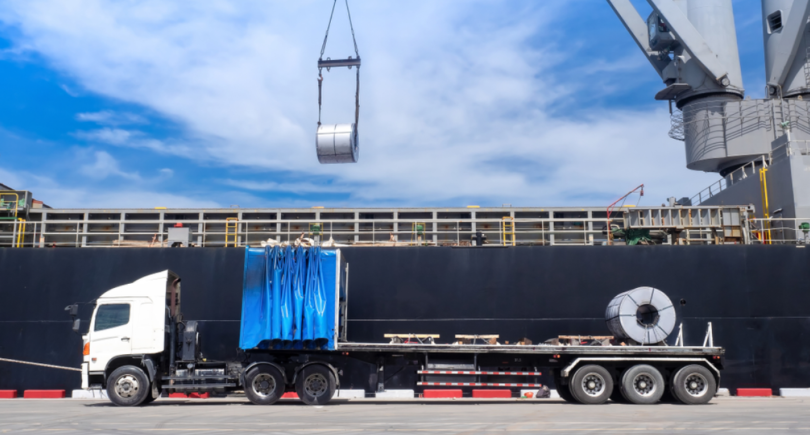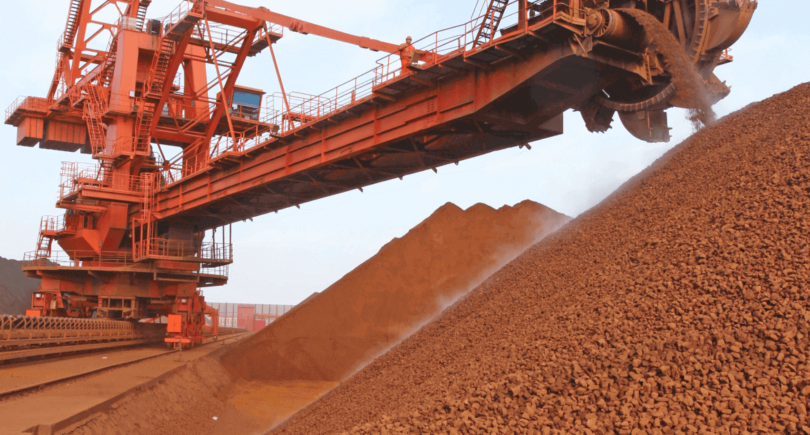
News Global Market EU 1341 06 September 2024
Recent developments in the industry and supply chains are signs of a steady deterioration
The Clean Industrial Deal, including swift and radical measures in the EU’s industrial, energy and trade policies, is the last chance to secure Europe’s prosperity and protect European industry from cheap imports. The European Steel Association (EUROFER) has warned of this.
According to a statement by the association, recent developments in the steel sector and in critical production and supply chains are worrying signs of a steady deterioration. This threatens the survival and environmental transition of steel companies and their key customers in Europe, such as the automotive industry.
According to Axel Eggert, EBA Director General, the risk of deindustrialisation in Europe has never been more evident. He warned that either Europe will get a robust clean industry agreement or it will inevitably turn into an ‘industrial museum’ powered by Chinese and American clean technologies.
He listed several key requirements for the EU steel industry to remain in Europe:
- Immediate and comprehensive trade measures to stop unfair trade practices and global overcapacity that are being unloaded on the EU steel market and are destroying it;
- a ‘watertight’ CBAM that will prevent steel imports from countries that circumvent climate protection by exporting steel to the EU from a few ‘clean’ mills and selling ‘dirty’ steel products on domestic and non-EU markets;
- affordable clean energy and leading markets for environmentally friendly products made in the EU to support the transition.
In 2023, steel production in the EU was 126 million tonnes, EUROFER emphasises. This is the lowest level on record, and 25 million tonnes below the average for the last decade (150 million tonnes).
‘Low demand and cheap imports have destroyed the margins of European steelmakers, and investments are being halted or postponed. The outlook for steel demand in the EU through 2024 remains very bleak. A large number of steelmaking facilities in the EU are idle with the risk that this could be a permanent closure, threatening thousands of jobs,’ the association said in a statement.
After the economic crisis, steel from China at dumping prices flooded major markets, as EUROFER reminds us. Cheap exports not only from this country but also from other regions of the world are being redirected to the EU. The share of steel imports in the total supply of the EU market is constantly growing, reaching almost 30% for hot-rolled steel.
The European steel sector is a litmus test for the health of the entire EU industry, said Axel Eggert. Although the EBA sounded the alarm a few years ago, the symptoms of deindustrialisation have now spread to the value chain. Therefore, radical changes in EU policy are needed to restart the bloc’s competitiveness.
As GMK Center, EUROFER has downgraded its forecast for apparent steel consumption in the EU in 2024 to +1.4% y/y. Expectations for growth in 2025 have also been lowered to +4.1% y/y.




